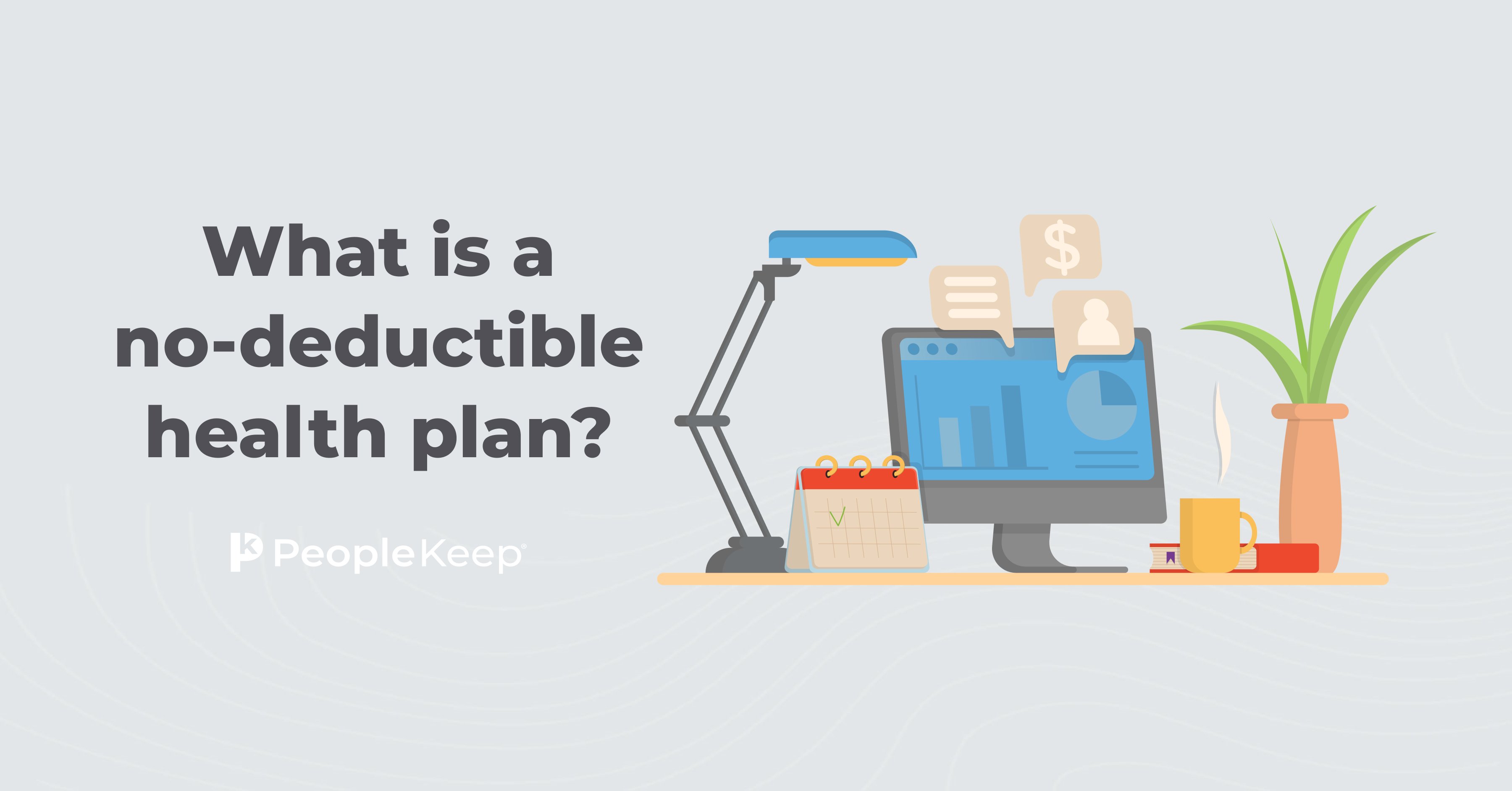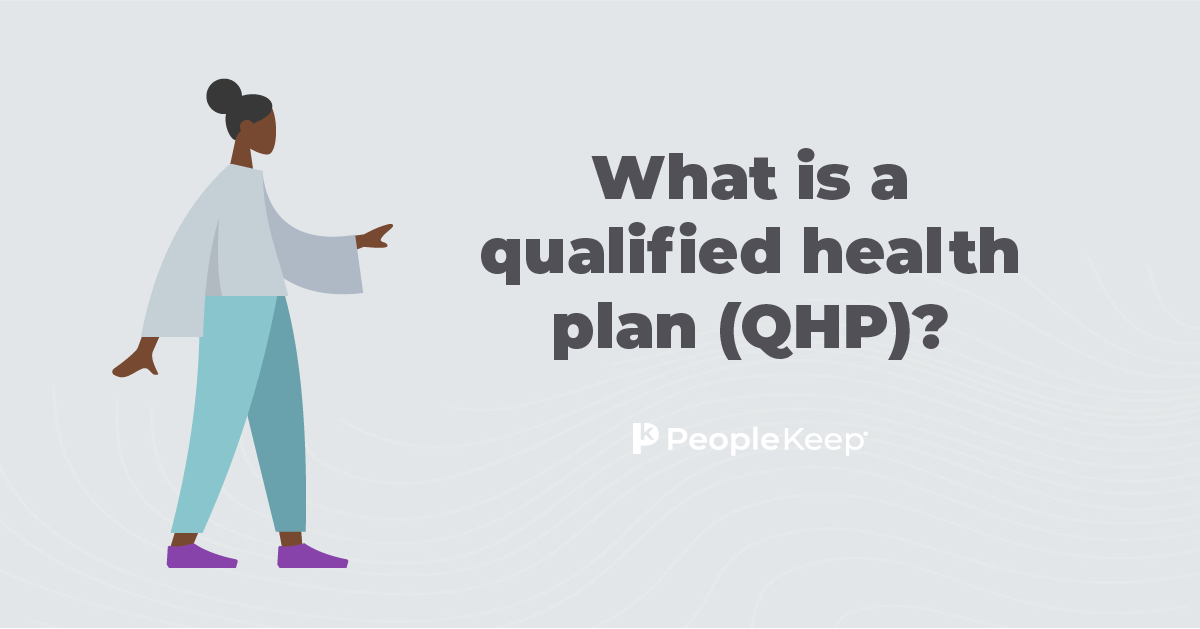What is an exclusive provider organization (EPO) plan?
By Chase Charaba on January 24, 2024 at 9:18 AM
Choosing the right health insurance plan can be a complex decision. With so many options available for employers and individuals, it’s important to educate yourself about the different types of plans available.
An EPO plan is one such option that offers unique features and benefits. Understanding what an EPO is and how it works can help you make an informed decision when it comes to your healthcare coverage.
This blog post will explore what an EPO is and how it differs from other types of health plans.
Takeaways from this blog post:
- An EPO plan is a type of health insurance plan that combines aspects of HMO and PPO plans.
- With an EPO plan, individuals must receive healthcare services from a pre-approved network of providers, similar to an HMO.
- EPO plans offer the flexibility to see specialists without a referral, similar to a PPO.
What is an EPO plan?
An exclusive provider organization (EPO) is a type of health plan that combines some aspects of a health maintenance organization (HMO) and a preferred provider organization (PPO).
With an EPO plan, individuals must receive healthcare services from a pre-approved network of healthcare providers and facilities, similar to an HMO. However, they have the flexibility to see specialists without a referral. EPO plans often don’t cover out-of-network care except in emergencies and typically don’t require a primary care physician (PCP).
According to McKinsey & Company1, 36% of all plans insurance companies offered on the federal and state exchanges in 2022 were EPOs, up from 9% in 2014.
How does an EPO work?
An EPO plan offers a balance between affordability and flexibility when it comes to healthcare coverage. By choosing an EPO plan, policyholders can access a contracted network of healthcare providers, receive comprehensive coverage for a range of medical services, and enjoy the freedom to see specialists without referrals.
Network coverage in an EPO
An EPO health insurance plan typically offers a comprehensive network of healthcare providers, including hospitals, family physicians, doctors, and specialists. An insurer will contract with these facilities to provide in-network care at a lower rate than out-of-network care.
Members must use in-network providers to receive coverage for their medical services, and the plan generally doesn’t cover out-of-network providers at all, except for emergency care.
Pre-authorization
EPO health insurance may require pre-authorization before the insurance company covers certain medical items and services. Without pre-authorization, the member may be responsible for a larger portion of the costs or potentially all of the expenses, depending on the plan’s specific terms and conditions.
Primary care physician
A primary care physician is a general practitioner who provides wellness and everyday healthcare services. An EPO doesn’t require members to select a primary care provider, but having a PCP can help individuals coordinate their care and understand their options.
Costs of an EPO plan
The biggest cost associated with an EPO plan is monthly premiums. Premiums for an EPO can vary based on location and the specific plan you choose. For example, if you enroll in an EPO plan from the Health Insurance Marketplace, the metallic tiers of coverage can affect your premium amount. A gold-level EPO plan will have higher monthly premiums than a bronze plan.
There are also health savings account (HSA)-qualified and catastrophic EPO plans, which have lower premiums than other types.
According to Forbes2, the average monthly cost for an EPO for a 30-year-old on the federal Health Insurance Marketplace is $466.
But premiums aren’t the only out-of-pocket cost of an EPO. Depending on your specific plan, you may be responsible for copays, meeting a deductible, and coinsurance:
- Copays: A copay, or copayment, is a set amount you pay for a specific service or item with your health coverage. Insurers generally have copays for doctor visits (other than preventative care) and prescriptions.
- Deductible: A deductible is the amount a policyholder must pay out-of-pocket before the EPO plan begins to share the costs.
- Coinsurance: A coinsurance rate is a percentage of specific covered services you must pay. Your health insurer pays the remaining percentage.
Additionally, each EPO plan will have an out-of-pocket maximum, which is the most a member must pay for covered services in a plan year.
It’s critical for members to seek care from in-network providers, as an EPO won’t cover care from out-of-network providers at all.
You should carefully assess the premiums, copays, deductibles, coverage limitations, and out-of-pocket maximums to make an informed decision.
How does an EPO compare to other types of health insurance?
When considering healthcare options, it’s important to understand the differences between various types of health insurance.
EPO vs. PPO plan
Exclusive provider organizations (EPOs) and preferred provider organizations (PPOs) have key differences in coverage, network restrictions, and cost. EPO plans offer coverage for only in-network providers, with no out-of-network coverage except in emergency situations. On the other hand, PPO plans provide coverage for both in-network and out-of-network providers, although at different rates.
EPO plans usually have lower premiums and out-of-pocket costs than PPO plans, but PPOs have more flexibility in choosing providers.
EPO vs. HMO plan
EPOs and health maintenance organizations (HMOs) are both managed care health insurance plans, but they have significant differences. One of these is how the plans handle primary care providers. With an EPO, you don’t need to select a PCP, and you can see specialists without a referral. However, an HMO requires a referral from a PCP for them to see a specialist. HMOs are generally less expensive than EPOs. Just like an EPO, HMOs don’t cover out-of-network care except for emergencies.
Can an HRA reimburse EPO premiums?
If your employer offers you a certain type of health reimbursement arrangement (HRA), such as a qualified small employer HRA (QSEHRA) or individual coverage HRA (ICHRA), they can reimburse you for your individual health insurance premiums and qualifying out-of-pocket medical expenses.
An HRA can reimburse individual or family EPO premiums. Simply submit proof of coverage and your premium receipts to your employer for reimbursement up to your allowance amount. Your HRA administrator will then review your documents and verify the expense.
If your employer uses PeopleKeep to administer their HRA, you’ll submit your documents electronically through the software. Our team of experts will then review your documents and let your employer know when we’ve approved them.
Conclusion
An EPO is a type of health insurance plan that offers coverage only for in-network providers. It typically has lower premiums than a PPO but less flexibility in choosing healthcare providers. A PPO is an excellent option for you or your organization if you want to be able to see specialists without a referral while saving on premiums.
2. https://www.forbes.com/advisor/health-insurance/how-much-does-health-insurance-cost/
Check out more resources
See these related articles

What is a no-deductible health plan?
Wondering what a no-deductible health plan is? Find out how these insurance options can provide comprehensive coverage without the burden of deductibles.

What is a health insurance premium?
A health insurance premium is the amount of money you pay to your insurance provider for your health coverage. Learn more about health insurance premiums here.

What is a qualified health plan (QHP)?
Learn the ins and outs of qualified health plans (QHPs), including how they’re categorized and how you can enroll in one.



